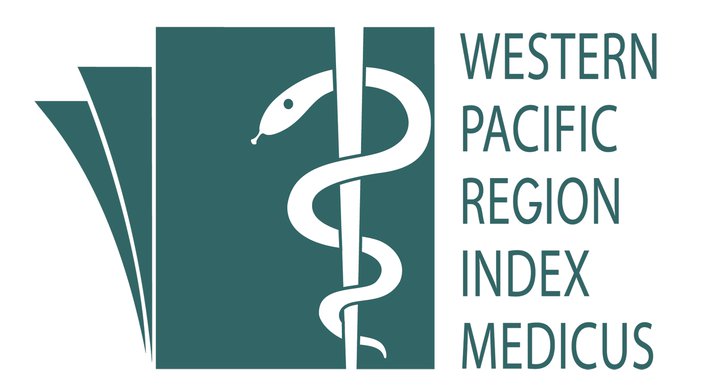A Review on the Relationship between Maternal Exposure to Ambient Air Particulate Matter (PM10) and Infants’ Birth Weight in Asia
Abstract
Low birth weight occurs in one in four livebirths in Southeast Asian region. It is contributed by multiple factors including the maternal exposures to the elements in the environment during the antenatal period. Particulate matter (PM10) pollution in Southeast Asian region has been extensively studied with known attributions and sources. It is also known that PM10is able to restrict foetal grow that molecular level. This review intended to investigate whether the unborn in Asia are affected by the air pollutants indirectly through their mothers. Publications from Scopus and Science Direct digital databases in Asian region from 2015 onwards were reviewed. Details collected were the year of publication and study location, the study design, investigated air pollutants, exposure estimation methods used the timing of exposure in relation to pregnancy, pregnancy outcome measured and the relative risk or odds of effect. A total of eight full text articles were included. Most of the studies were of cohort and quasi experimental designs, involving local air monitoring measurements to assign exposure. There were more studies considered multiple air pollutants as contributing risk rather than a single pollutant. The exposure was measured according to stages of pregnancy and the trimester stratification is the most often method used. Modalities used in representing birth outcomes were not confined to birth weight alone but also included the length of gestation. Exposure to PM10 have been found to be associated with reduction in birth weight and increased risk for preterm birth in Asia.
Downloads
Published
How to Cite
Issue
Section
License
IJPHR applies the Creative Commons Attribution (CC BY) license to articles and other works we publish. If you submit your paper for publication by IJPHR, you agree to have the CC BY license applied to your work. Under this Open Access license, you as the author agree that anyone can reuse your article in whole or part for any purpose, for free, even for commercial purposes. Anyone may copy, distribute, or reuse the content as long as the author and original source are properly cited. This facilitates freedom in re-use and also ensures that IJPHR content can be mined without barriers for the needs of research.





